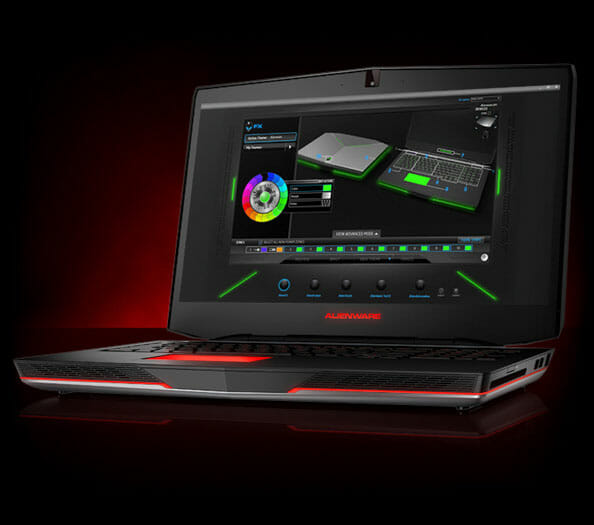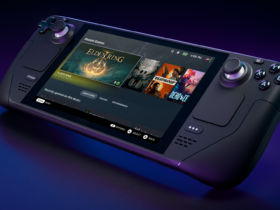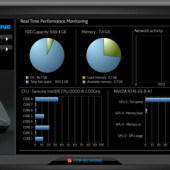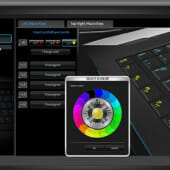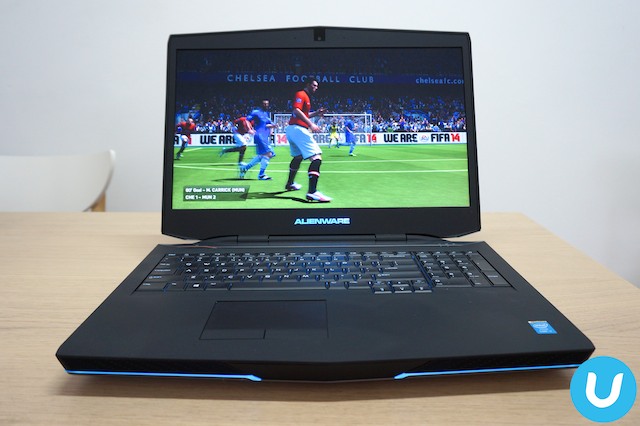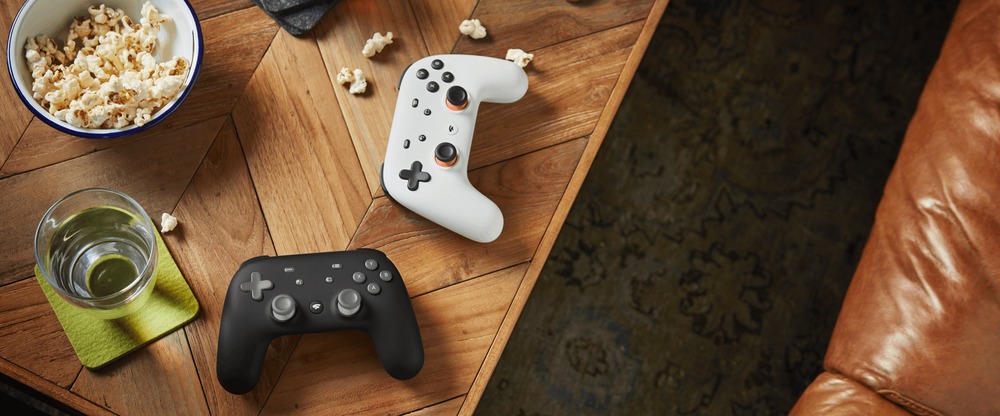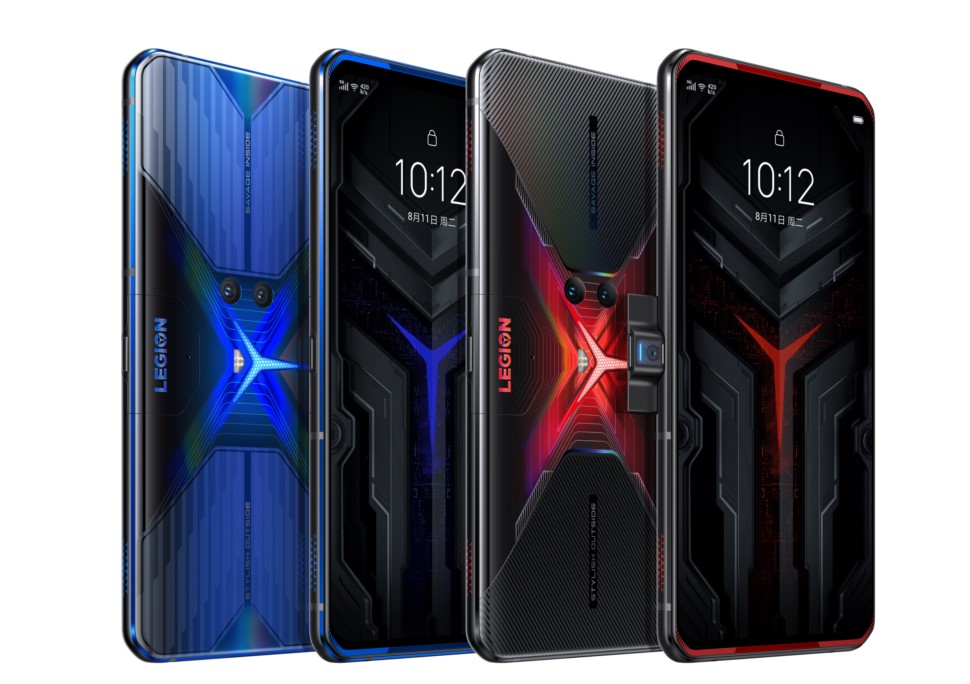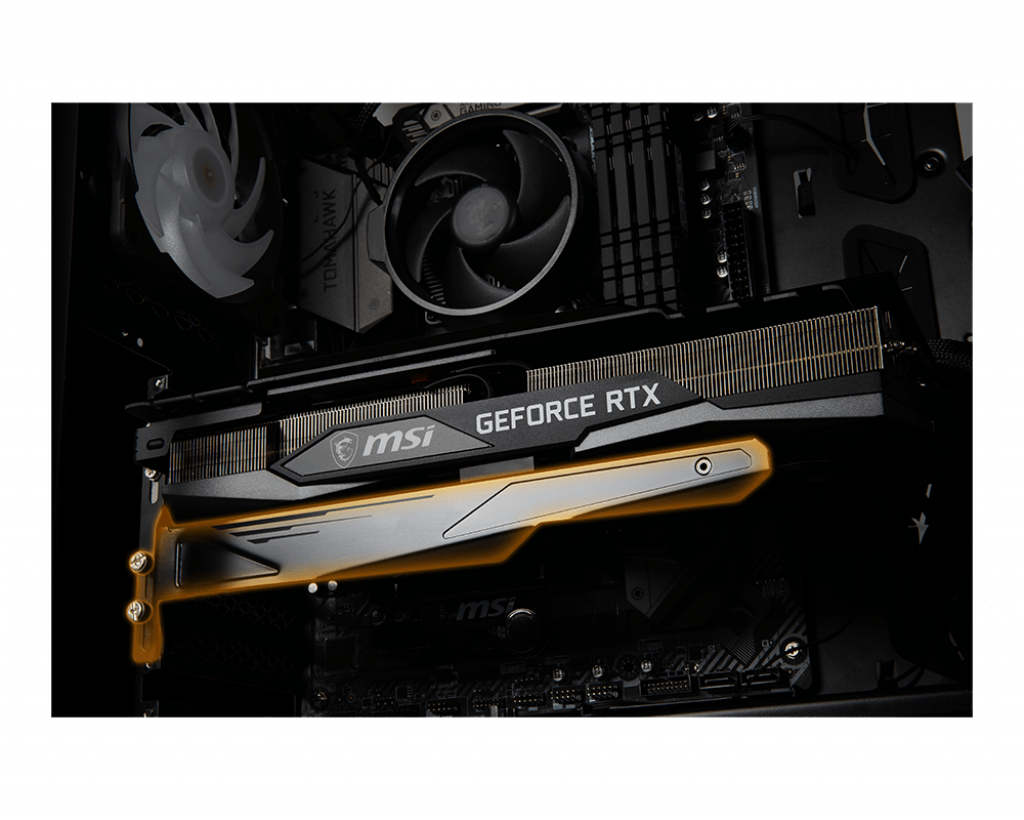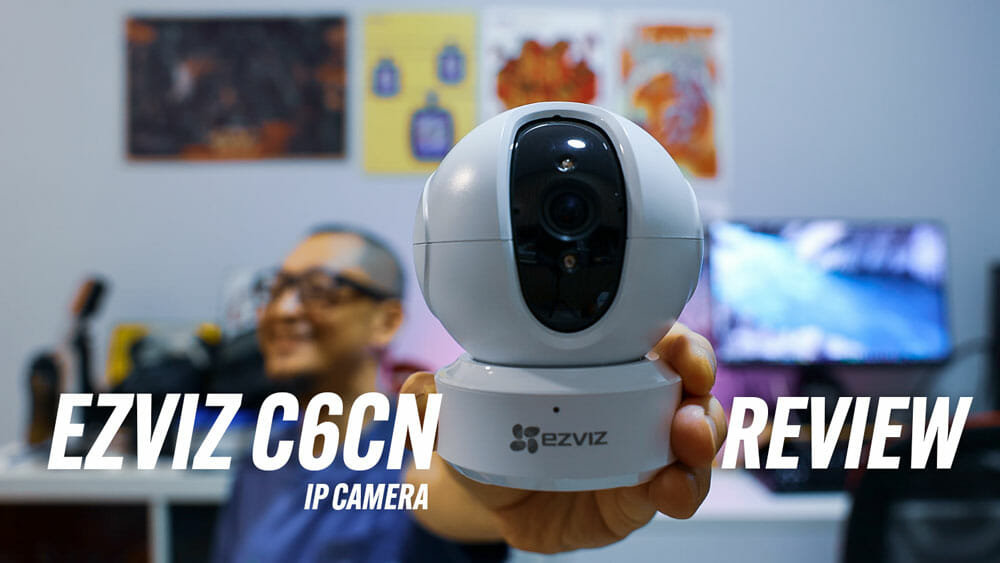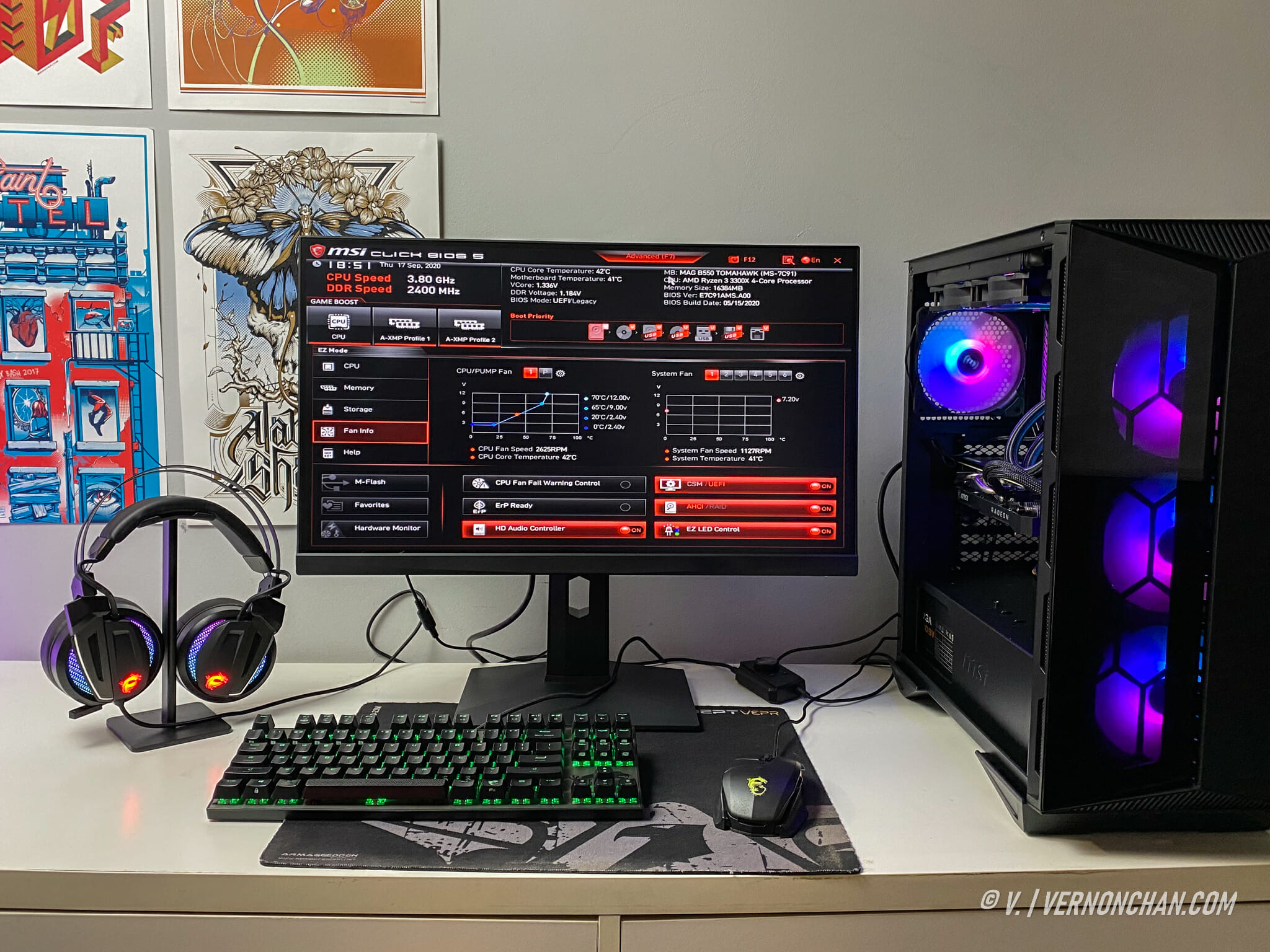I have to admit: I enjoyed my time with the Alienware 17. My home mid-range AMD rig was left abandoned throughout the time the monolith of a notebook stood on my desk. Continuing from Part 1 of the review, let’s look closer at the performance supported with some benchmarks and real-world gaming.
Performance
The GeForce GTX 780M is undoubtedly a kick-ass card, even in notebook form. Based on the 28nm Kepler architecture, it packs 4GB of GDDR5 VRAM and has a 256-bit interface. Clocking in at a base clock rate of 771Mhz (boost up to 797Mhz), it is the highest end Kepler model in NVIDIA’s notebook GPU range.
As general knowledge, Intel’s new “Haswell”-based processors typically perform 7-10% better than the older Sandy Bridge platform.

The Alienware 17 review unit came with BIOS version A01. Apparently, BIOS A04 and above would translate into better performance. It seems that BIOS A01 is rather conservative and throttles the GPU speed down unnecessarily. Unfortunately, I didn’t get a chance to update the BIOS for further tests.
Synthetic benchmarks
So for a start, let’s look at some typical synthetic benchmarks I ran.

In the PCMark 8 Home Accelerated test, the Alienware 17 scored 3,822 putting it below a benchmark high-end gaming PC (Intel Core i7-4770K, NVIDIA GeForce GTX Titan, Windows 8, 16GB – 4628) and a gaming notebook (AMD A10-4600M, AMD Radeon HD 7970M, Windows 8 – 2,945).
Things get even better doing higher end graphics and video work with the Alienware scoring 5,377, just below the benchmark high-end gaming PC (5,420) and substantially better than the benchmark gaming notebook (3,748).


In 3DMark 11 tests, there were initially some issues caused by the stock NVIDIA drivers, which invalidated results. I installed updated drivers (v9.18.13.3221 over stock v9.18.13.2702) before re-running tests.

In 3DMark 11 Performance tests, the Alienware ranked higher than the benchmark gaming notebook, scoring 4,725 vs 4,685.

Meanwhile, in Extreme tests, the Alienware lost out, scoring 1,752 against 1,909.
Based on benchmarks around the web, the GeForce GTX 780M performs roughly like an AMD Radeon HD 7870M.
NOTE: You can disable Intel’s onboard graphics processor to solely use the GTX 780M by rebooting with Fn+F5.
For even more benchmarks, go crazy at Anandtech.
Gaming benchmarks
I tested the Alienware 14 on games I play often – FIFA 14, GRID 2, PayDay 2, CS:GO and Battlefield 3. I admit these aren’t the most graphics intensive games available (aside from BF3 and PayDay 2 perhaps) but it gave me a chance to look beyond just frame rates alone, and also judge on quality of visuals. On all the games, settings were either on Ultra or Maximum, and at 1920 x 1080 (1080p) resolution.
FIFA 14
1920×1080, High, 4xMSAA – 300fps
GRID 2
1920×1080, Ultra, 4xAA – 65fps
CS:Go
1920×1080, High, FXAA AA:4x MS AF:8x – 190fps
Battlefield 3
1920×1080 Ultra AA:4x MS AF:16x – 80fps
PayDay 2
1920×1080, Max – 50fps
In general, all the games played extremely well, with no dropped frame rates even at the highest settings aside from FIFA 14. The footie sim somehow experienced some stuttering occasionally.
GRID 2 was highly enjoyable with its fast and smooth gameplay, with some beautiful visuals. BF3 was also a good visual feast, backed by uninterrupted fluidity.
Software
The centre of the Alienware universe is the Alienware Command Center. This is where everything from controlling the gazillion diodes of the AlienFX lighting to quick settings, power profiles (AlienFusion), touchpad options (AlienTouch) and specialised shortcuts, happens.
There is also a handy AlienRespawn recovery tool for backups and system restoration.
AlienFX is outrageously cool, giving you access to over 10 trillion lighting combinations from its 10 lighting zones and 20 colours. Control lights on the cover, sides, keyboard and trackpad.
The lights are also game environment-aware, where for instance in BF3, if you get shot and your health level reduces, the lights turn red.
AlienAdrenaline lets you create custom profiles for games – from programming hot keys to calling up voice chat. It also has a new Accelerator feature and you can monitor resource consumption with Performance Monitoring.
AlienTactX is a new feature on the Alienware 17, where it lets you customise the A, B, C and D macro quick keys for different functions per application.
Audio
The Alienware 17 is kitted with a pair of front-mounted Klipsch speakers and they don’t disappoint. They’re pretty powerful for notebook speakers and audio easily fills the room. While it ultimately lacks bass due to the lack of a subwoofer, audio is pretty balanced and good for gaming and music.
And thanks to Dolby Home Theater v4 technology built in, you can fine-tune your audio settings even further.
Keyboard and trackpad
While I’d opt for a full-fledged Razer or Armaggeddon keyboard any day, the Alienware 17 keyboard feels good. None of that chiclet keyboard nonsense you’ll find on some notebooks. The keyboard offers good travel and feel overall.
The large illuminated trackpad is also excellent. The texture is nice to touch, and the trackpad itself is responsive.
Display
The 1080p display isn’t the best I’ve seen but it’s still offers vibrant and crisp colours, a wide viewing angle and a much-welcomed matt finish. Colours can appear slightly washy, and blacks aren’t as black as they should be. Have the dough? Go for the 120Hz WLED TrueLife 400 Nit display with 3D.
Battery life
Typical battery life is slightly below 3 hours, without fancy dimming of display et al. With it unplugged from a power source and playing FIFA 14 powered by just batteries alone, I could get around 2 hours before it sputtered out of juice. Games like GRID 2 and BF3 would be even more power hungry.
But alas, if you were a true-blue gamer, you wouldn’t be overly bothered about battery life, since you’re likely to be plugged in to a power source most of the time anyways.
Pros
- Desktop-class gaming performance
- Rock solid, durable build
- Excellent crisp, bright display
- Good audio performance
- Plenty of connectivity ports
- Highly customisable LED lights
- Good keyboard & trackpad
Cons
- Not-quite portable, heavy
- Fan can get a little noisy
- Battery life could be better
- Quirky loud, styling
Pricing and availability
The Alienware 17 comes in multiple configurations from a base Intel Core i7-4700MQ and GeForce GTX 765M up to a hardcore Intel Core i7-4800MQ with GTX 780M and a 120Hz WLED TrueLife 400 Nit display with 3D. Prices start from RM6,999.00. Available from Dell Online.
Verdict
Make no mistake, the Alienware 17 is a fantastic gaming notebook with desktop-beating performance. Its loud, brash and over-the-top styling may be an acquired taste but if you’re indeed serious about gaming then this may be the notebook for you. It’s also built like a tank, so go ahead, game away.
It’s fast-booting, responsive and is highly-customisable thanks to the Alienware Control Center.
Perhaps the only qualm I have about the Alienware 17 is its “luggability.” At over 4kg it’s back-breaking. I’m assuming one would use this primarily as a desktop-replacement, hooked up to a 27-inch HD display at home for most part.
Sure, it isn’t for everyone but for those who dive in, expect to get plenty of kit for the money and some street cred. Overall, a strong showing by Alienware and rest assured you’ll get plenty of quality gaming hours with this.


